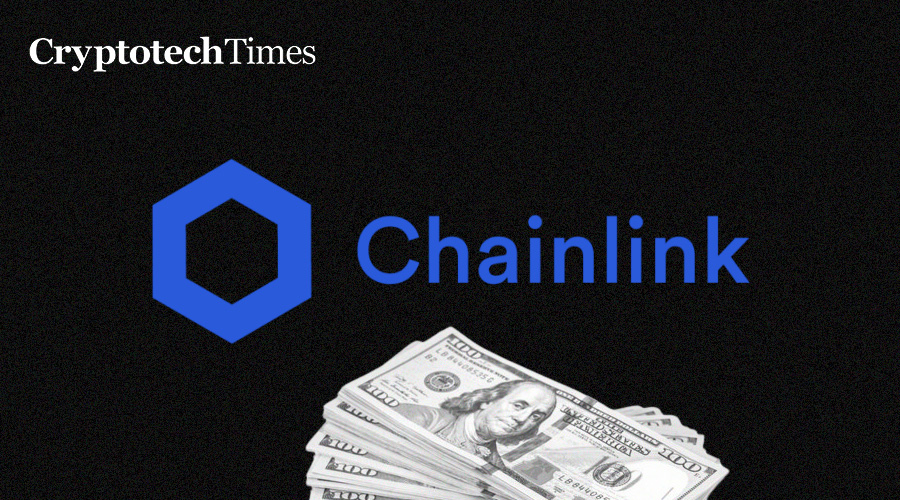In the world of virtual money, operating a Chainlink node is a fantastic method to generate passive revenue.
Chainlink is a decentralized oracle network that seeks to combine real-world data kept off-blockchain with smart contracts running on the blockchain. While oracles in a network guarantee that data feeds remain decentralized, removing any worries regarding reliability, each oracle offers real-time data feeds that may be connected to any decentralized application (DApp).
Synthetic exchanges like Synthetix and DeFi lending and borrowing markets like Aave frequently employ Chainlink. This data bridge can be used for more than only DeFi; it can also be used to get flight data from airplanes and send it to insurance companies so that automated insurance claims may be processed.
In December 2022, the oracle network introduced Chainlink Staking v0.1, adding an additional degree of crypto-economic security to Chainlink. Through staking, users of the ecosystem may benefit while the security and reliability of oracle services are maintained. Chainlink’s native cryptocurrency, LINK, is used to reward good deeds, pay node operators, and serve as a reputation indicator for data suppliers.
Users wishing to engage in LINK token staking have access to a number of Chainlink staking venues and tools. Among the instances are:
Official Chainlink Staking Platform: The Chainlink team has made this the official staking platform available. In order to become node operators on the network and receive incentives for verifying data requests and preserving network security, users can stake their LINK tokens.
DeFi Staking: In order to get incentives, users on a number of DeFi sites can stake their LINK tokens. Users may stake LINK, for instance, and earn interest on their holdings using the Aave protocol, or they can utilize the Synthetix protocol to place LINK as collateral and get incentives in the form of SNX tokens.
CeFi Staking: Another option to stake LINK and get incentives is through centralised exchanges, or CeFi. Unlike DeFi sites, these platforms—like BlockFi or Nexo—offer a more accessible and user-friendly staking experience while earning interest on the deposited LINK. But there aren’t many exchanges that allow LINK staking.
Staking Chainlink has the following advantages, to name a few:
Passive revenue: Users can generate passive income by staking LINK tokens. In exchange for validating transactions on the Chainlink network, they receive more LINK tokens.
Enhanced security: Staking encourages users to behave in the network’s best interest, which serves to bolster the security and dependability of the Chainlink network. Validators must stake a set number of LINK tokens, which they run the risk of losing in the event of dishonest behavior. This deters network assaults and motivates validators to behave honorably.
Decentralization: By enabling everyone with LINK tokens to take part in the validation process, staking encourages decentralization on the Chainlink network. This lessens the possibility of a few major entities concentrating all the power and authority.
Reputation: In the Chainlink network, staking LINK tokens contributes to reputation-building. A positive reputation is awarded to validators that continually verify transactions truthfully and properly, which raises their chances of being selected as validators.
Liquidity: The Chainlink network benefits from LINK token staking as well. Users may assist stabilize the price of LINK tokens and lessen market volatility by locking up LINK tokens, which decreases the quantity of LINK tokens accessible for trade.






